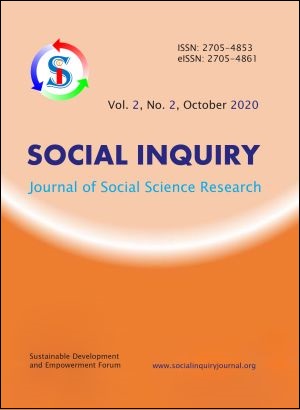Understanding Structural Determinants of HIV Testing in a Resource-Limited Setting: The Case of Ethiopian Women
DOI:
https://doi.org/10.3126/sijssr.v2i2.33061Keywords:
Women, HIV Testing, Structural Factors, EthiopiaAbstract
Knowing HIV serostatus is a vital component of HIV prevention. Although significant progress is being made in controlling HIV infection, the uptake of HIV Testing and Counselling (HTC) remains low. Previous studies have mainly focused on individual level risk factors; however, structural determinants relevant to HIV prevention including HIV testing are largely unknown. The study objective was to identify key structural factors associated with HIV screening among women living in resource-poor countries like Ethiopia. Using Ethiopia’s Demographic and Health Survey (sample = 8382), we examined structural determinants of HIV testing. The study revealed that four-in-ten women were ever tested for HIV. Both HIV testing enabling and inhibiting (barrier) environments significantly associated with HIV testing status. Exposure to mass media significantly improved HIV testing. Women who visited a health facility in the last 12 months were 94% more likely to be tested for HIV than women who did not. Among women who said physical structure related factors were a big problem, 32% were less likely to be tested than women who did not think these factors were a problem. Our findings suggest that structural interventions may improve the uptake of HIV testing among Ethiopian women.




